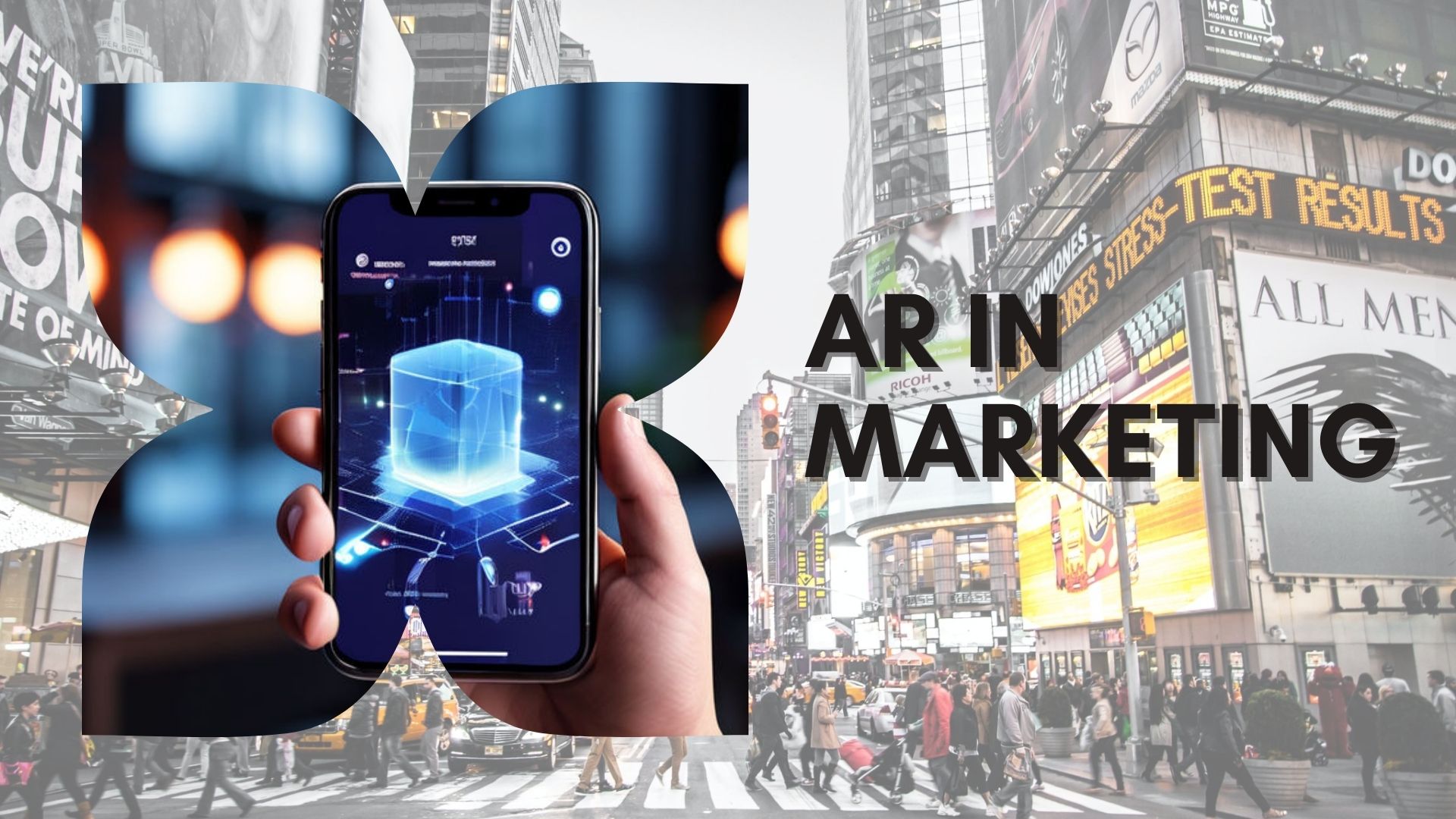
In light of the recent coronavirus developments, everyone from the classroom to the workforce has had to adapt to new conditions by way of “remote technology”. With more and more people working from home because of COVID-19, it has led many to wonder, are webcam conversations the limit of our innovation during the stay-at-home period? At Gravity Jack we think that Zoom calls are just the tip of the iceberg, and both augmented (AR) and virtual reality (VR) are poised to change communication as we know it during and beyond the coronavirus pandemic.
EDUCATION | HEALTHCARE
To recap of previous discussions, augmented reality stands as a flexible medium for information uptake. Breaking the mold of 2D words and images on paper, AR enables detailed 3D views of complex or otherwise abstract concepts. Instead of reading about chemical reactions, students may engage with the material by personally crashing molecules together. In a similar vein, healthcare institutions are no longer limited to cadavers and may manipulate life-sized human bodies at will. By catering towards different styles of learners (EX. visual, kinesthetic), institutions may reach a wider pool of students more effectively, boosting retention rates across the board.
Although hyper-immersive tech like VR is some distance from widespread commercial use, AR is lightweight enough to fit into websites or mobile apps. With coronavirus impacting a potential return to school and online learning almost inevitable, AR’s accessibility can enhance the learning experience beyond a simple Zoom call.
MAINTENANCE | SUPPORT
In the absence of professional services and being uneasy about inviting service professionals into homes during the pandemic, it seems we must act as our own technical support. After all, how can tech substitute years of experience and jobs that are usually performed in person? Imagine you’re back in college; your car is having engine trouble and is stuck in the garage. You’re on the phone with your dad who’s trying to coach you through a diagnosis, with mixed results. Now imagine your dad could see through your eyes, pull up schematics, highlight specific parts. If this all sounds like a futuristic fantasy, then the future is now. Microsoft already has remote assistance down pat, enabling hands-free troubleshooting under the guidance of a trained professional. Given enough time and integration, Dad could even order the replacements from the same platform.
EVENT HOSTING | COLLABORATION
It may be several more months or longer (with recent reports that coronavirus cases are on the rise) until it’s advisable to begin attending lecture halls and conference rooms again. This is not to say that all group events should remain paralyzed in the meantime. Although businesses and schools alike are content with software like Zoom and WebEx for communication, a question lingers: How is any of this different from 2006’s Skype video calls? If we’re to believe that remote technology hasn’t aged in over a decade, we’d be mistaken.
As previously mentioned in our CES 2020 Recap, firms like Spatial have created multi-platform workspaces, allowing users to bridge the gap between AR, VR, mobile, and desktop. Technology like this lends credence to the name “augmented reality”, turning most any room into a collaborative workshop. By extending digital environments into AR, users can drag and drop notes or designs atop physical surfaces, editing in real time regardless of location. Although less suited for one-sided events like seminars, “show and tell” style events like trade shows are a perfect fit.
RETAIL | ECOMMERCE
Few have felt the impact of coronavirus more than brick and mortar shops who have seen a sharp decline due to mandatory shutdowns across the world. However, industrious firms have taken the chance to rehash their online channels. As many salespeople know, having a buyer hold and inspect a product in person is instrumental in closing a sale. Communication is the reason why Apple stores and dealership test drives are so successful. In the absence of physical store visits, retailers can still conserve the power of touch via augmented reality. Sharing user-generated AR content creates a two-way conversation between brand and consumer, as opposed to one-sided Youtube ads.
Gravity Jack proved this concept in a previous partnership with Samsung by digitizing a catalog of TVs for posing on any walled surface. Say a user posts an AR rendition of how a new TV would fit in their living room. With additional support, an official social media account can then like and reshare, exponentially increasing the brand’s exposure and creating a greater sense of community.
IN SUMMARY
Even as we become accustomed to unfamiliar routines, new technologies continue to emerge. Humans are social creatures by nature, so whether we’re talking with coworkers, friends, or larger-than-life companies, physical companionship remains a timeless activity. While we daydream about traditional gatherings upon a return to normalcy, Gravity Jack is here to help provide your digital communications needs during and well beyond coronavirus concerns. We’re here to talk about marketing, repairs, trade shows, and more!








